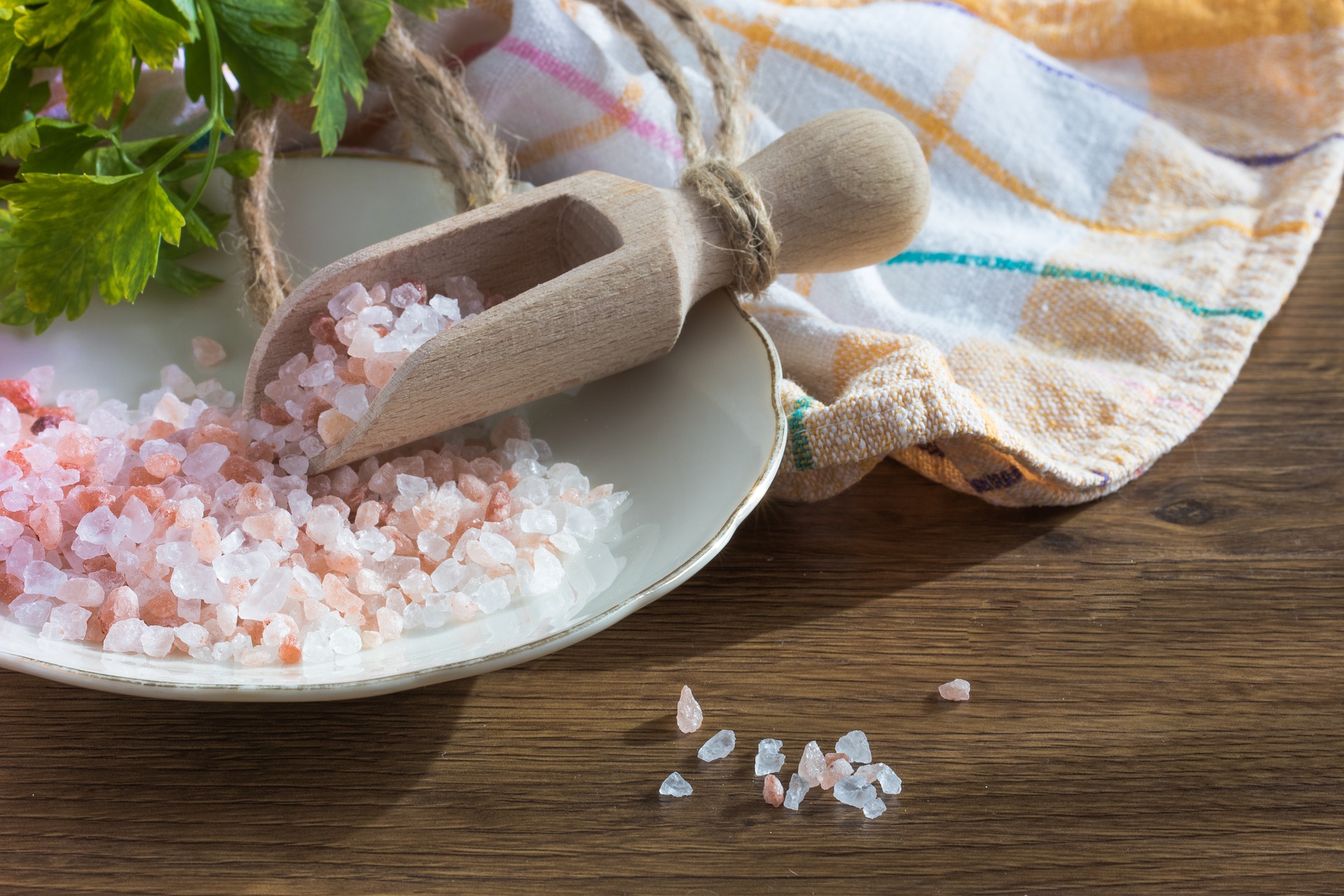Remember when salt was just salt? It was super fine, it came in a blue cylinder and was something to which you gave zero thought. Now there seems to be a ton of variety and it can be confusing. However, if you know the difference between a few of the most common salt varieties, it is a great way to add a different flavor and even some health benefits to your favorite dishes.
Himalayan Salt
Himalayan salt is most commonly referred to as Pink Salt, however its color can range from white to pink to dark red depending on the mineral composition. It is harvested from salt mines at the foothills of the Himalayan Mountain Range and is thought of as one of the purest forms of salt on the market.
One of the reasons that you will find Himalayan salt in the kitchen of a lot of health conscious chefs is due to its high content of trace minerals. In addition to sodium, Himalayan salt has up to 83 trace minerals. In addition to other health benefits, these trace minerals provide electrolytes for your body, which helps regulate your hydration.
Himalayan salt is typically a coarser salt and is best used where you want a little crunch as well as a flavor enhancer at the end of cooking. You can also get a Himalayan salt block, which is a great way to add flavor and style to your cooking.
Try this Seared Scallops on a Himalayan Salt Block recipe!
Sea Salt
Sea salt is a generic term for salt that has been naturally evaporated from a body of water. Because it is a generic term, the quality and mineral content can vary. If you are interested in the mineral content of sea salt you should choose unrefined sea salt. When salt goes through the refining process, the trace minerals are harvested. You are left with a more “pure” salt but it lacks many of the trace minerals we discussed above.
Unrefined sea salt has a higher mineral content than table salt but not quite as high as Himalayan salt. However, it does have a stronger flavor than table salt so a little can go a long way. Sea salt is a great all-purpose salt for your kitchen and is offered in both coarse and fine texture based on your preference.
I suggest swapping out your everyday salt with sea salt. As you are adding it into recipes, start with a little less and then add more if needed. There may not be a dramatic difference but if you can even cut down on a little sodium during the day, your heart will thank you!
Try this Napa Style Roasted Vegetables with Sea Salt recipe!
Truffle Salt
Truffle salt is made by adding white or black truffles to salt. The health benefits of the truffle salt really depend on the quality of the salt that is used. So if you are looking for a truffle salt with higher mineral content, be sure that they are adding it to an unrefined sea salt.
Perhaps the biggest benefit of truffle salt is that the flavor is so powerful that typically a pinch is all you need to add a ton of flavor. This salt is best used as a finisher, meaning that you should just add a little at the end of your cooking to enhance the flavor.
Try this Truffle Scrambled Eggs recipe!
Final Note
There are a lot of wonderful health and flavor benefits to Himalayan, Sea and Truffle salt. Having said that, they are all still salt. So if you are struggling with high blood pressure or are not exercising, it is always best to be aware of the amount of salt you are using. Be sure to consult your doctor or get advice from a qualified nutritionist for recommendations on your specific diet.
Article was written by Tara Coleman and first appeared on totalgymdirect.com.


